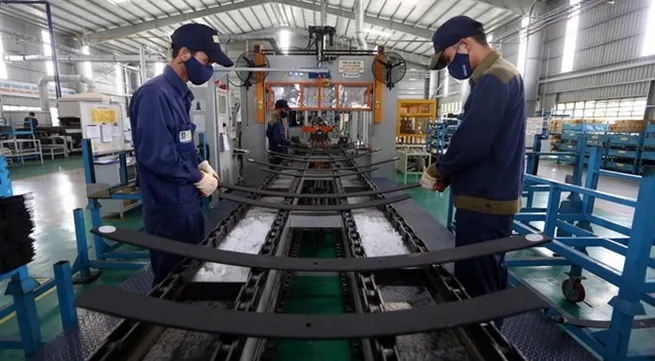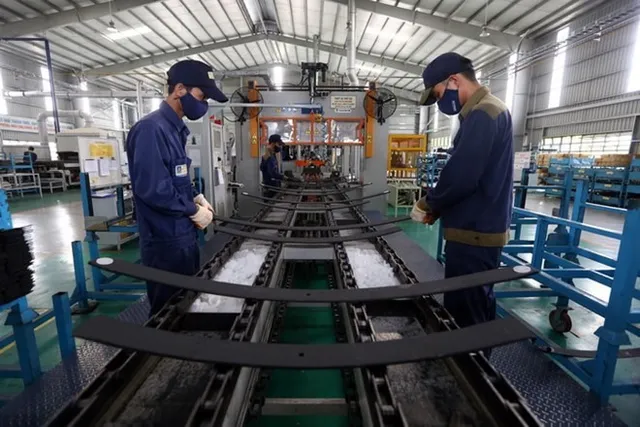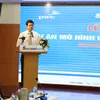VN leads PMI rankings
by ,http://vietnamnews.vn/economy/462985/vn-leads-pmi-rankings.html02 August 2018 Last updated at 06:59 AM


|
| Việt Nam maintained its lead in the ASEAN PMI rankings. - Photo VNA |
HÀ NỘI – Việt Nam maintained its lead in the ASEAN Manufacturing Purchasing Managers’ Index (PMI) rankings, registering another solid improvement in its goods-producing sector in July, the latest survey from Nikkei’s IHS Markit revealed on Wednesday.
According to the survey, Việt Nam’s PMI – a composite single-figure indicator of manufacturing performance – was 54.9 in July, down marginally from 55.7 in June but still one of the highest since the survey began in March 2011. Business conditions have now strengthened in each of the past 32 months.
“The Việt Nam manufacturing PMI remained elevated in July as the sector continued to grow strongly. Supporting the overall expansion in the latest survey period was an accelerated increase of new export orders. Confidence in the future was meanwhile illustrated by efforts by firms to build inventory reserves in order to prepare for further production growth and further solid hiring,” Andrew Harker, Associate Director at IHS Markit, which compiles the survey, said.
The survey showed that new manufacturing orders continued to increase at a substantial pace in July, with the rate of growth only fractionally weaker than June’s 87-month high. Respondents indicated that the rise in new business was in line with stronger client demand. Meanwhile, the rate of growth in new export orders quickened in July and was only slightly slower than May’s series record.
Firms responded to new orders by increasing output again in the latest survey period. The rate of expansion remained sharp, despite easing from the previous month. All three broad sectors saw output increase, led by intermediate goods.
The strong increase in output was sufficient to reduce backlogs of work for the second month running in July, albeit marginally.
“Higher workloads encouraged manufacturers to increase their staffing levels and purchasing activity during July. The rate of job creation was solid, despite easing from June’s record high. Meanwhile, input buying rose at a substantial pace amid some reports of efforts to build inventory reserves,” Nikkei said.
Stocks of both purchases and finished goods increased. The rate of accumulation of preproduction inventories accelerated to a five-month high, while stocks of finished goods increased modestly in July following a fall in June.
The rate of input cost inflation remained elevated at the start of Q3, with panellists linking higher prices to raw material shortages. The passing on of increased input costs to customers resulted in a further monthly rise in output prices, with the rate of inflation little-changed from that seen in June.
Suppliers’ delivery times were unchanged in July, thereby ending a 17-month period of lengthening lead times. Raw material shortages reportedly led to delays, but this was counteracted by a willingness by suppliers to respond to requests for quicker deliveries.
Forecasts of further growth of new business over the next 12 months fuelled optimism that output will continue to rise. Business confidence picked up from the previous month, with close to 51 per cent of respondents predicting an increase in production. — VNS





